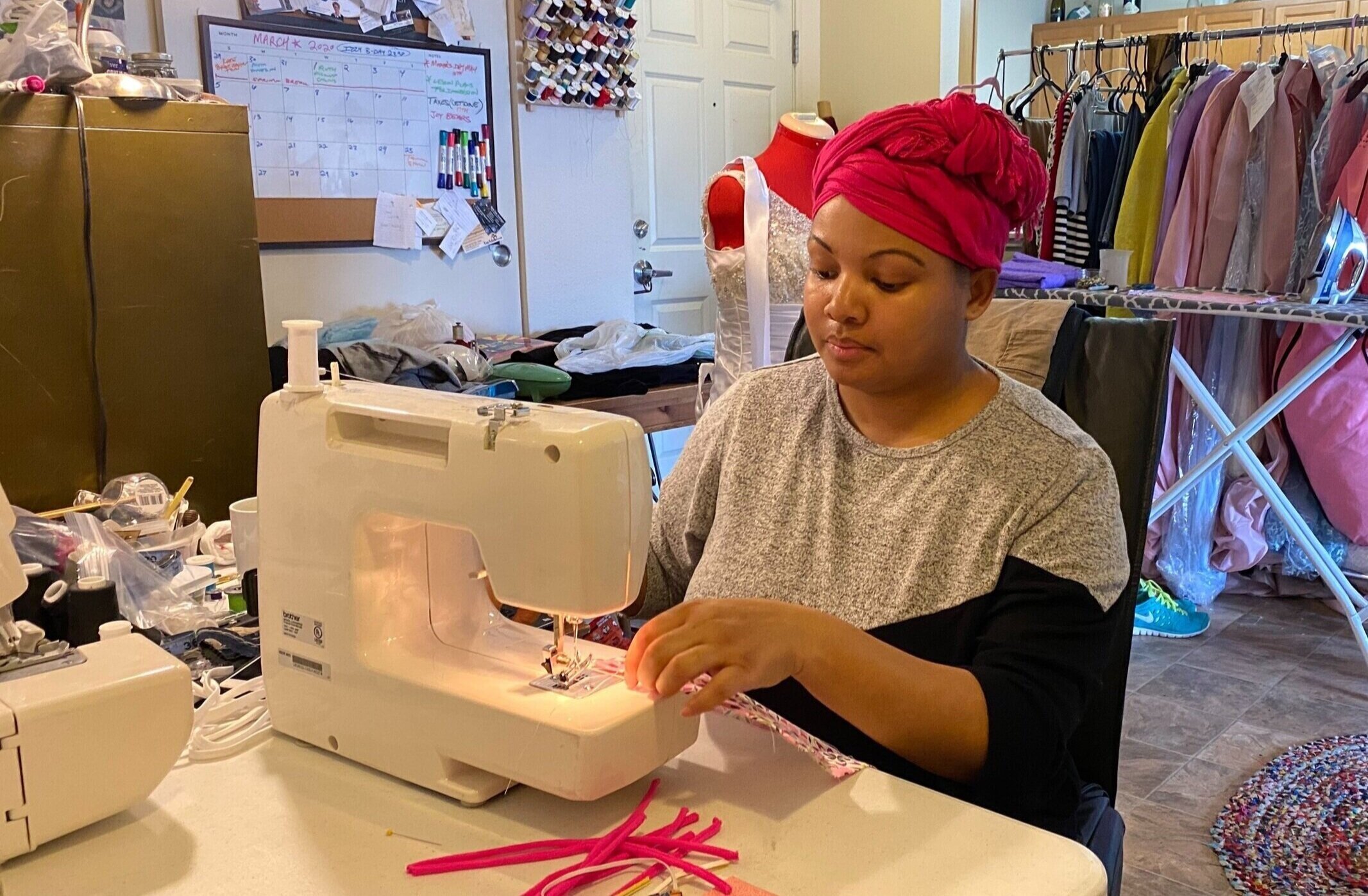Pandemic prompts pivot toward telemedicine
As the coronavirus outbreak grips health systems around the world, practitioners say one of the positive changes that may emerge from the chaos is increased use of telemedicine services. Though hospitals and nursing homes have sometimes been slow to implement this technology, or unable to because of government restrictions, it’s now becoming a necessary tool to cut down on the spread of COVID-19.
“This is decreasing each person's exposure to other potential infected people during this time period. And we're finding that you can do a lot of healthcare, delivery and optimization with the patients in their own homes to keep them safe and healthy,” said Dr. Steve Ommen, associate dean of the Mayo Clinic Center for Connected Care.
For Dr. Adam Anderson, the Mayo Clinic Health System psychology lead for the Southwest Minnesota region, the outbreak of COVID-19 has “dramatically” changed his practice, and he’s glad to see the shift toward telehealth.
“There’s been emerging evidence over time suggesting the equivalence of telehealth and face-to-face therapy,” Anderson said, adding, “when the science tells us something is good or helpful, it’s not always quick that you see a switch in practice.”
The previous hesitation to embrace televideo sessions could be due to many factors, Anderson said. Now, though, Medicare beneficiaries can receive telemedicine services regardless of if they’re in rural communities, part of the restrictions freed up by the Coronavirus Preparedness and Response Supplemental Appropriations Act. Before this month, that wasn’t the case.
Another concern is ensuring HIPAA compliance and patient privacy. But by using one of the approved video platforms and having a brief check-in with the patient before starting the meeting, Anderson said this has been easy to navigate.
For many of his patients, having continued care during what is an especially stressful time, is invaluable.
“I believe it’s opening doors to be able to work on anxiety that otherwise might be very difficult to manage,” Anderson said.
‘Remarkably smooth’
When technology is factored into the equation, Anderson said there’s always the concern that systems could glitch. However, it’s not something he’s run into with his patients.
“In general, it’s remarkably smooth.”
Some of his patients are opting to wait out the storm until they can see him in person. In fact, he’s noticed a decrease in appointments since the outbreak.
But for patients who can’t postpone care, such as those living in nursing homes, the technology has become vital. Dr. Susan Laabs, Senior Services Medical Director for the southwest Minnesota region, helped facilitate the roll-out of video visits in 17 area nursing homes.
“We realized our patients really are the most vulnerable and at risk,” Laabs said, citing the breakout of coronavirus at Life Care Center in Kirkland, Washington, where dozens of residents, and those connected with the facility have died from COVID-19. With outbreaks such as these in mind, her team is working to minimize physical interaction with residents to protect their number one priority: patient safety.
Laabs and Adria Whiting, nurse practitioner and Senior Services lead, said the change has been technologically smooth for nursing home staff and patients. With a few clicks of their designated iPad, which Mayo loaned to the facilities to ease this transition, staff are able to introduce providers to their patients and facilitate a video appointment.
If the provider is worried about the patient’s foot swelling, the staff member can move the camera down to provide a better view, for example. So far, Whiting said patients have been adjusting smoothly.
“They can’t believe there’s a provider that’s on the iPad talking to them,” Whiting said. In some interactions, patients have gleefully pointed at the screen when they see themselves.
“That’s me?” one asked Whiting. “That’s you!” she responded.
Transition likely to last
Though Laabs understands telemedicine is a necessary precaution during this pandemic, it can be difficult for her as a provider.
“I really enjoy being able to see patients... to touch their hand when they’re scared. Hug them when they’re sad,” Laabs said. “As a clinician that gives me joy.”
Telehealth services will be able to more quickly connect patients with Mayo specialists, and expedite the non-physical parts of care, but Ommen said there is a point where a screen is not enough.
“The closer you get to needing to touch the patient, or do a specialty test on the patient, or do an operation on a patient, then more and more of that care needs to shift into the facilities,” he said.
As Anderson considers the trudge toward telemedicine in the psychiatric field, he’s perplexed that this viral outbreak was the catalyst for its adoption.
“I don’t know that any of us anticipated that this is what would push us into a place where so many were able to get experience with this so quickly and enable us to make a quicker transition,” he said. But Anderson says it “absolutely is,” a positive change for the field as a whole.
For Ommen, the ripple effects of this unprecedented time will change the Mayo Clinic Health System for long after the dust clears.
“I have no doubt that telemedicine will be a more prominent part of our practice even after the pandemic is over,” Ommen said.
Nora Eckert is a freelance journalist with experience working for NPR and The Associated Press. Before getting her master’s in journalism at the University of Maryland, she worked at a biotech company in Rochester. Soon, she’ll be joining The Wall Street Journal’s podcasting team as an intern.
Cover photo: Dr. Rodolfo Savica talks to a patient remotely from his office at Mayo Clinic in Rochester / courtesy Mayo Clinic
The news never takes a day off, so we won’t either. If you’ve appreciated our reporting during the COVID-19 pandemic, please consider becoming a member. For $8/month, you are providing us the support we need to continue carrying out our mission of producing quality, accessible journalism.








